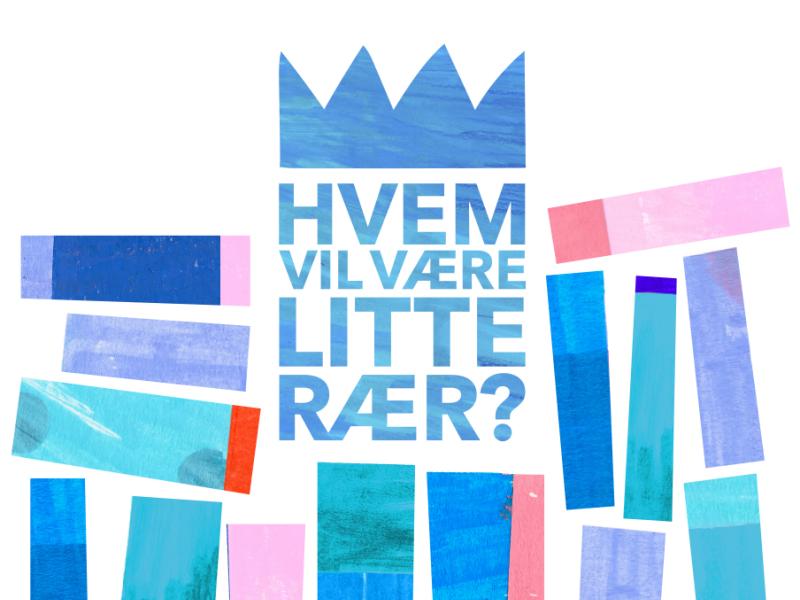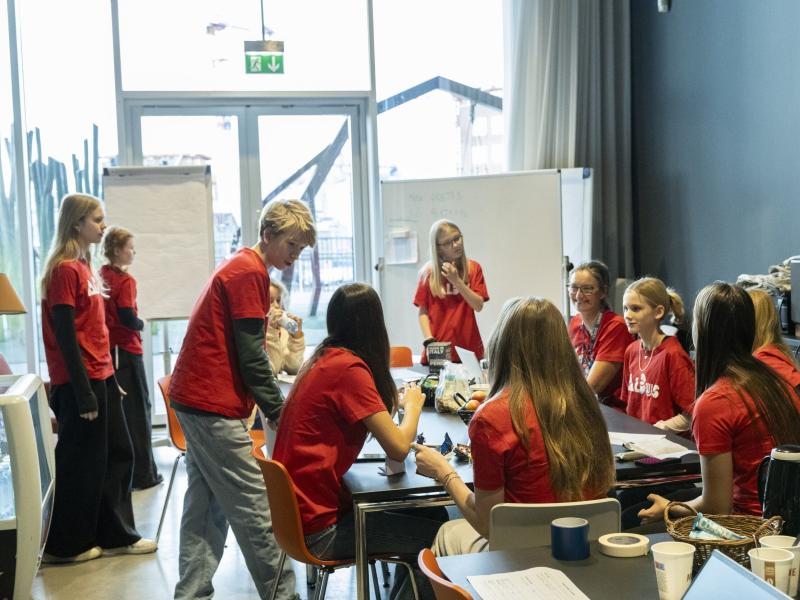Albus Festival
Albus Festival
Albus er Aarhus’ store festival for børnelitteratur, der finder sted på Aarhus Bibliotekerne hvert andet år. Her kan børn og familier møde forfattere, være kreative og opleve legende litteraturformidling. I årene mellem Albus Festival holder vi mini-Albus med udvalgte aktiviteter.
Albus arrangeres af Aarhus Bibliotekerne i samarbejde med en række partnere.
Som en del af Albus finder du også:
- Orlaprisen
- 500 ORD
- Hvem vil være litterær
- Læseambassadørerne
Om Albus Festival
Albus er en international festival med fokus på børnelitteratur. Festivalen finde sted på Dokk1 og de lokale biblioteker i Aarhus, og afholdes hvert andet år. De år, hvor der ikke er Albus, vil der være en mini-udgave af festivalen kaldet mini-Albus.
Festivalen har et særligt fokus på inddragelse af børn samt nye formater for formidling af litteratur.
Programmet til festivalen byder på det bedste inden for dansk og nordisk børnelitteratur – krydret med besøg af forfattere og illustratorer fra andre dele af verden.
Festivalen byder på masser af arrangementer, hvor alle med en interesse i børne- og ungdomslitteratur kan deltage i skrive- og tegneworkshops, oplæsninger, kreative workshops og fortælleaktiviteter.
Albus Festival arrangeres af Aarhus Bibliotekerne i tæt samarbejde med en række partnere.
Vision og internationalt perspektiv

Vision
Albus skal blive den festival i Nordeuropa hvor forfattere, illustratorer, forskere, formidlere og forlag mødes for sammen med børn og andet publikum at hengive sig til børnelitteraturens mangfoldige universer i fire dage.
Festivalen skal være kendt som inddragende og mangfoldig, et sted hvor man møder det gode værtskab, hvor man møder såvel nye som gammelkendte litterære udtryk, medier og formater. Et sted hvor børn og voksne inddrages og får mulighed for at være medskabere af festivalen.
Internationalt perspektiv
Albus præsenterer et dansk publikum for forfattere og illustratorer fra andre dele af verden for at vise børnelitteraturens mangfoldighed på tværs af landegrænser.
Kontakt os

Vil du vide mere om Albus Festival?
Hvis du har spørgsmål, er du velkommen til at kontakte projektleder for Albus, Sif Lüscher Rauff, på silr@aarhus.dk.





